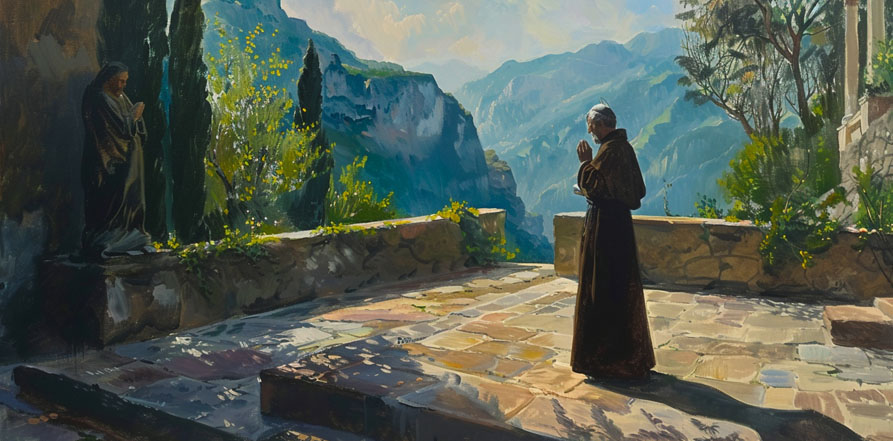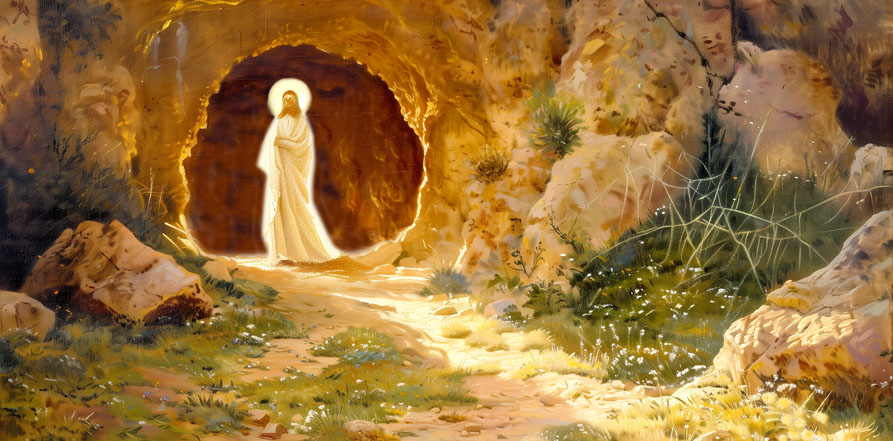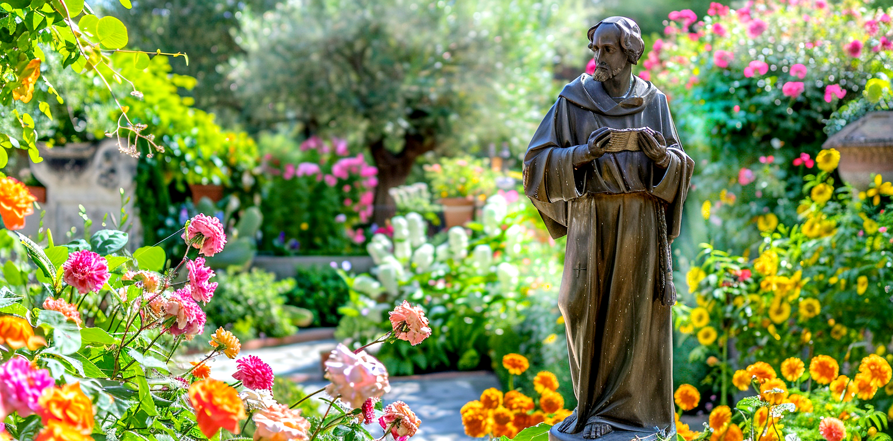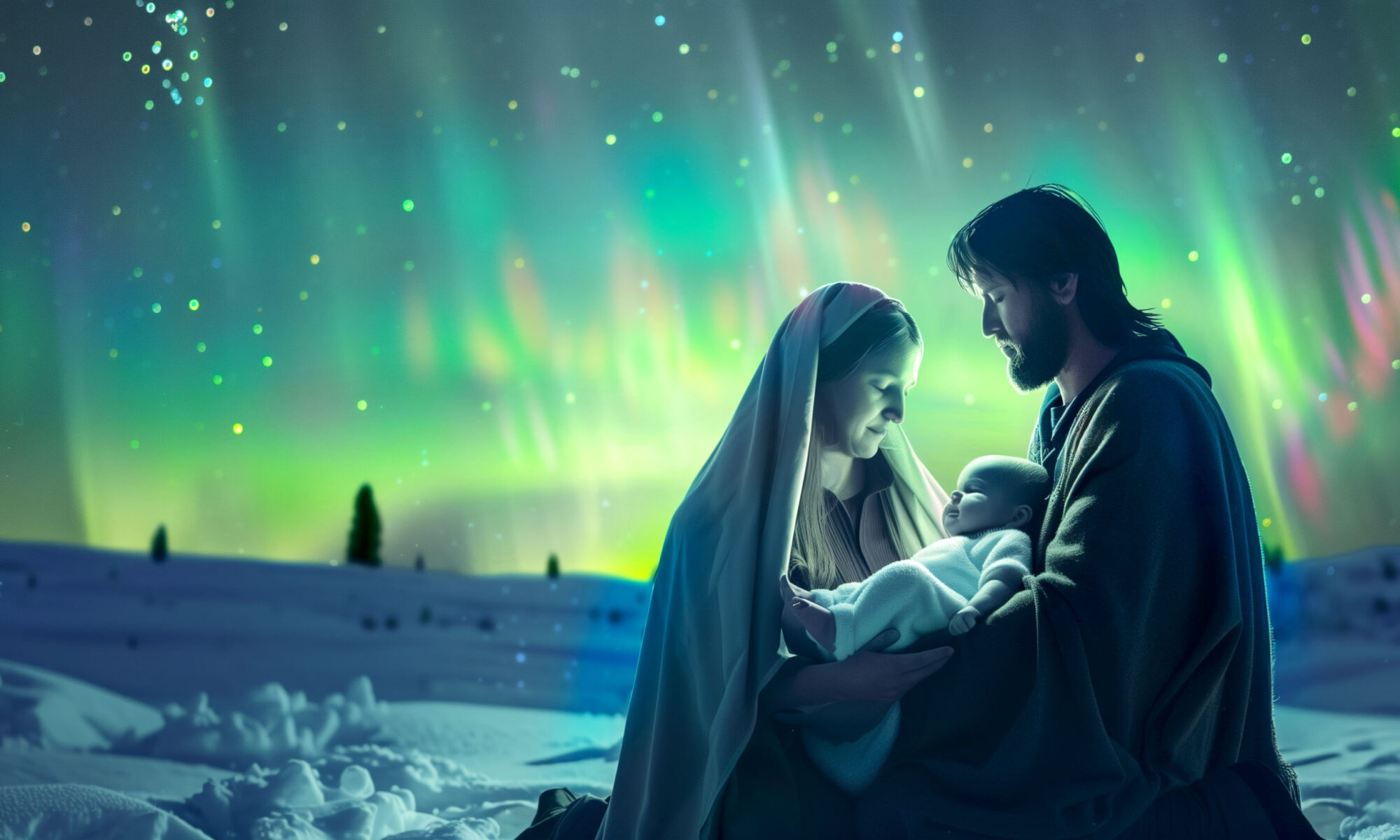By Donnie Yance
October 4th marks the feast day of St Francis. I love to celebrate by sharing thoughts inspired by this humble man filled with so much spiritual wisdom.
In our hyperconnected world of instant notifications and same-day delivery, patience has become a rare commodity. Yet for healthcare professionals and individuals alike, cultivating patience remains one of the most essential skills for both personal well-being and professional effectiveness. The wisdom of St. Francis of Assisi, who lived over 800 years ago, offers timeless insights that modern science continues to validate.
Continue reading “The Virtue of Patience: Lessons from St. Francis for Modern Life and Healthcare”





